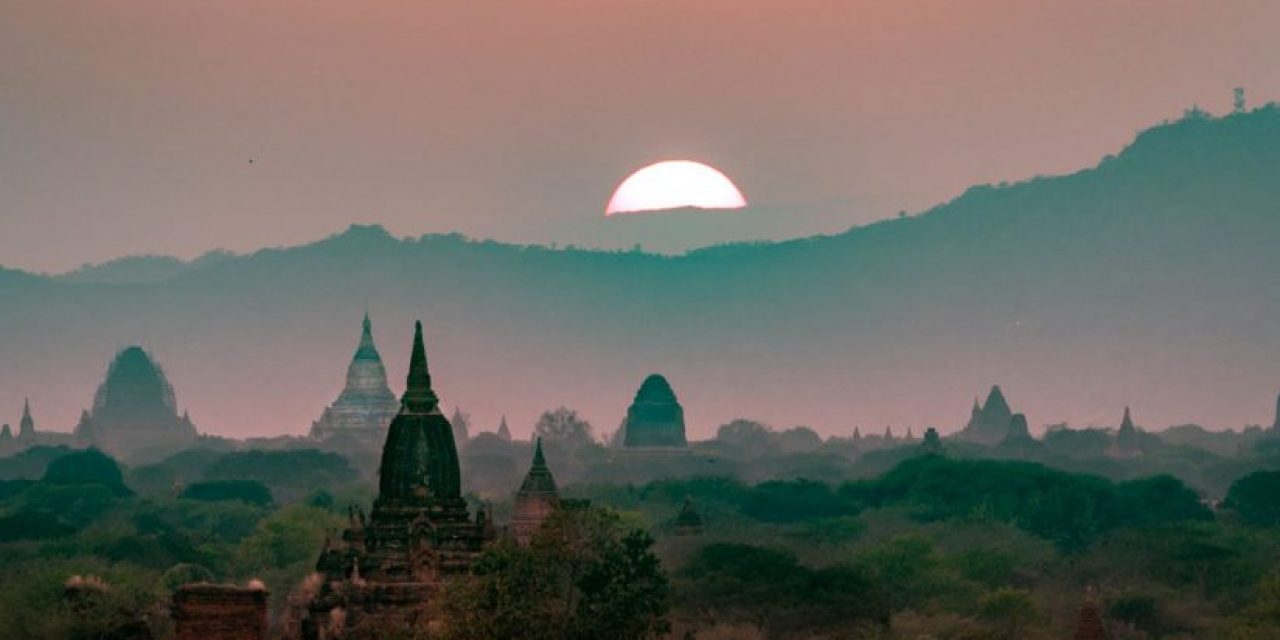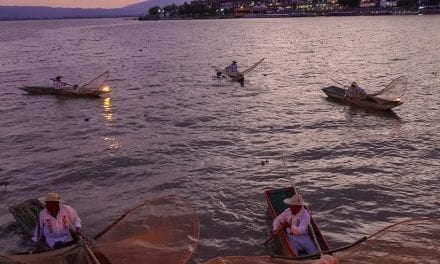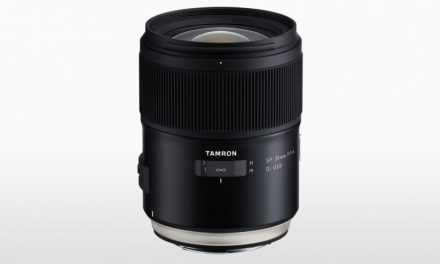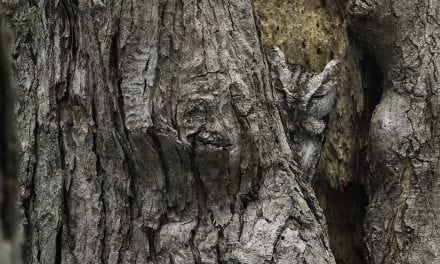“My world is all about travel and location photography,” says Olympus Visionary and Pulitzer Prize-winning photographer Jay Dickman. Between shooting assignments for publications like National Geographic, working with National Geographic Expeditions and conducting his own photography workshops, Dickman is perpetually on the move. “Last year I was in 21 countries,” he recalls. “I’m constantly carrying my photo equipment. The best camera to use is the one you’ll actually have in your hands when you need it.”
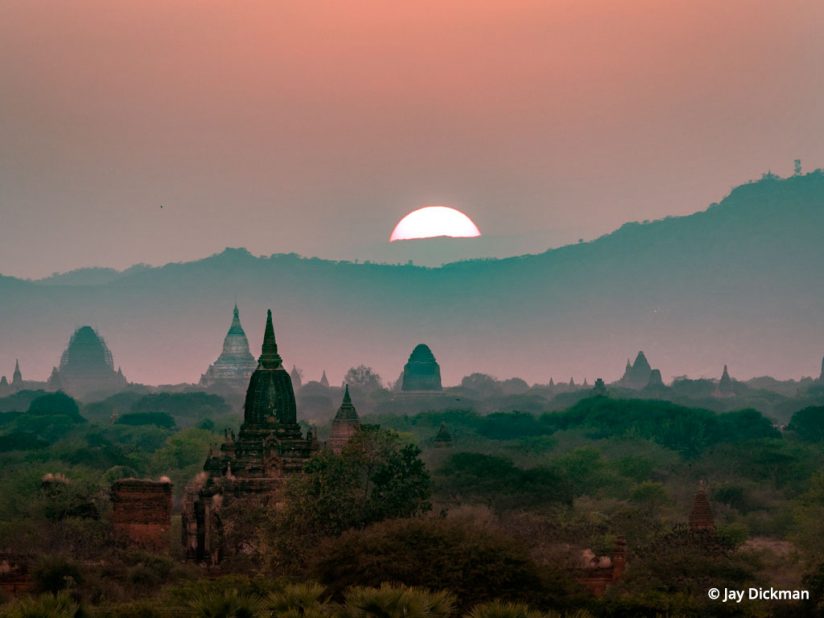
For Dickman, “traveling light and smart and small” is essential, and it’s why he chooses the Olympus OM-D system for his work. It comes down to the combination of superlative image quality, the advanced technology the system offers and the ultra-compact size of the system’s cameras and lenses. “My whole system—three bodies, multiple lenses and accessories—fits in a small bag that meets carry-on regulations around the world.”
Dickman has been shooting with Olympus since the early days of digital. He was one of the photographers to participate in the “A Day In The Life Of Africa” project in 2002. Today he’s working with the latest Olympus gear, including the new OM-D E-M1X, the most advanced Olympus camera yet, developed with input from professional photographers to meet their needs in the most punishing environments.
The camera’s magnesium alloy body incorporates extensive weather sealing protecting all of the possible entry points for moisture and dust. The sealing is so good, it’s even been tested to the IPX1 standard. When paired with Olympus weatherproof lenses like Dickman’s “go-tos,” the M.Zuiko 12-100mm F4.0 IS PRO and M.Zuiko 40-150mm F2.8 PRO, the system is virtually impervious to the elements. “I am really, really rough on my equipment,” Dickman admits. “I don’t baby my gear—it stays out in the rain with me, and I’ve never had a problem.”
With its two dual quad core image processors, two UHS-II SD card slots and cutting-edge AI-based Intelligent Subject Detection AF, the OM-D E-M1X is able to capture 20.4-megapixel images at up to 18 fps with continuous AF/AE tracking, or a blazing 60 fps with focus and exposure locked. That speed, combined with innovative features like Olympus’ unique Pro Capture Mode—which continuously buffers full-resolution images when you depress the shutter release halfway and then, when you fully depress the shutter, records that moment’s image plus the preceding 35 frames all at once—are huge benefits for wildlife, sports and travel photography, where capturing a fleeting moment is critical.
Another impressive technology in the OM-D E-M1X is the in-camera 5-Axis Image Stabilization, which pairs with in-lens stabilization of Olympus M.Zuiko PRO lenses to produce the world’s most effective image stabilization—up to 7.5 shutter speed steps of compensation. The first time Dickman used this technology photographing wildebeests in Africa, the image in the camera’s EVF was so still, he thought it had frozen—until he realized the wildebeests were moving. He’s also used this stabilization for long exposures in situations where positioning a tripod wasn’t possible, such as a four-second hand-held nighttime shot taken in India. “Those pictures were sharp,” he says. “Not ‘get away with it sharp,’ but truly sharp.”
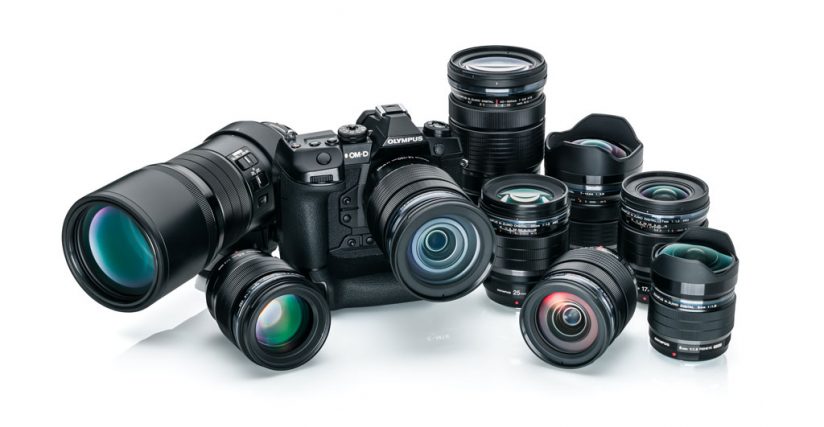
The quality of M.Zuiko lenses is a point Dickman returns to frequently when talking about why he shoots with the OM-D system. “Olympus is producing incredible quality. After hours at my workshops, out of curiosity, we’ve done blind tests to compare image quality from the photos participants have taken. The best images with the least amount of chromatic aberration were taken with Olympus lenses.”
Another key benefit for Dickman, especially for his wildlife photography, is the extremely compact design of Olympus lenses. “Try handholding a 600mm DSLR lens for an hour,” he says. The OM-D E-M1X paired with the M.Zuiko 300mm F4.0 IS PRO(equivalent to 600mm) weighs just 5 pounds—an incredible advantage. “When you’re shooting wildlife, it often means hours of waiting,” Dickman notes, “but when the action starts, you’ve got to be ready.” He’s reminded of a situation photographing a Galapagos hawk, for example, which sat still for an hour on a branch but then abruptly started preening. “Others had put their cameras down from the weight,” he says, “but I got the shot.”
“You never know when a picture is going to happen,” Dickman advises. “You have to be ready for it. The Olympus OM-D E-M1X empowers me to get the picture. And what else do you want from your camera system?”
To learn more about the professional capabilities of the Olympus OM-D E-M1X, visit getolympus.com/em1x.
The post Olympus OM-D E-M1X: Ready For Anything appeared first on Outdoor Photographer.

